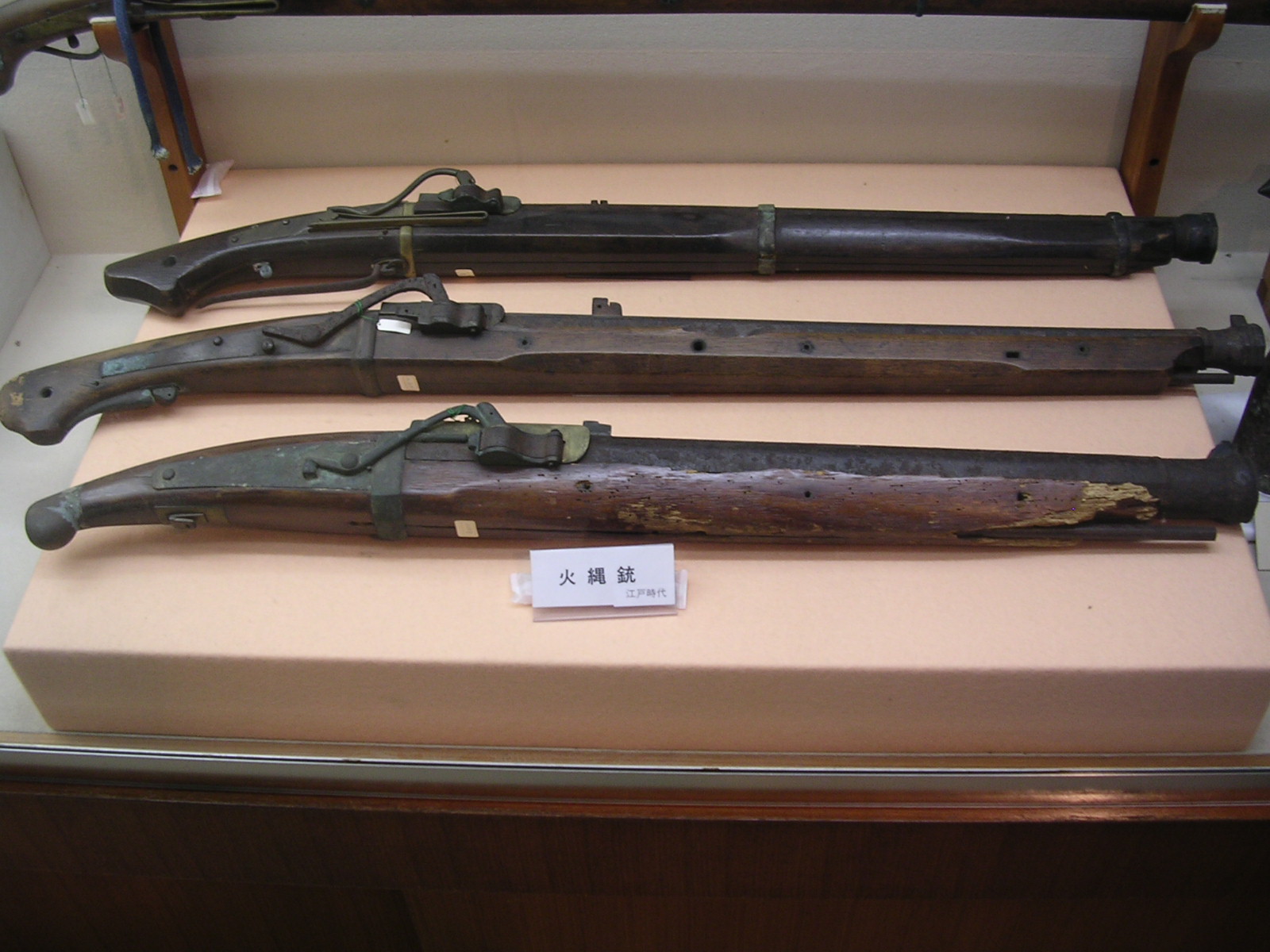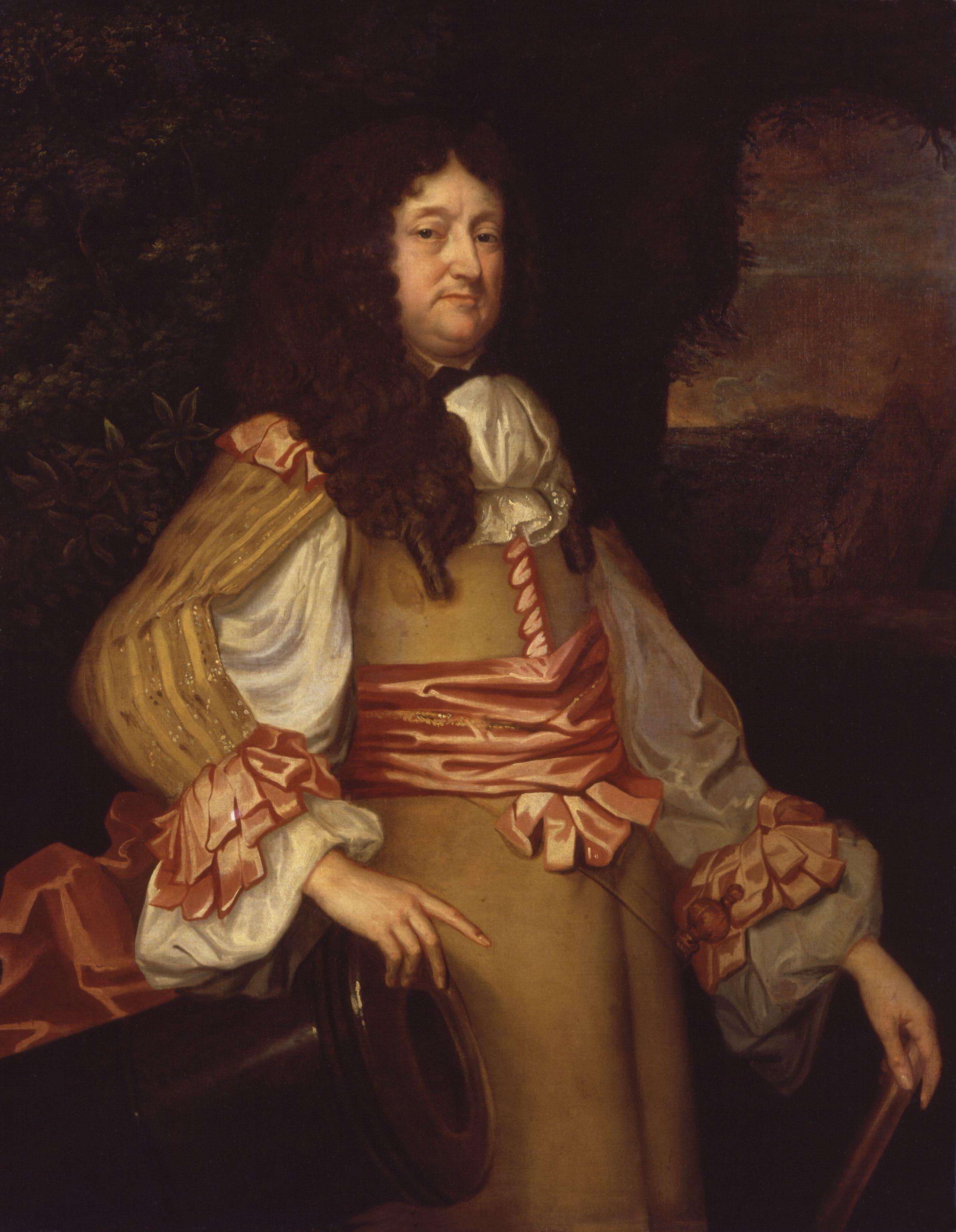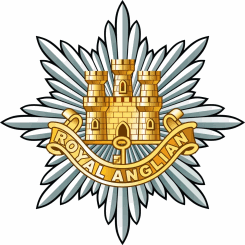|
Royal Fusiliers (City Of London Regiment)
The Royal Fusiliers (City of London Regiment) was a line infantry regiment of the British Army in continuous existence for 283 years. It was known as the 7th Regiment of Foot until the Childers Reforms of 1881. The regiment served in many wars and conflicts throughout its long existence, including the Second Boer War, the World War I, First World War and the World War II, Second World War. In 1968, the regiment was amalgamated with the other regiments of the Fusilier Brigade – the Royal Northumberland Fusiliers, the Royal Warwickshire Regiment, Royal Warwickshire Fusiliers and the Lancashire Fusiliers – to form a new large regiment, the Royal Regiment of Fusiliers. The Royal Fusiliers War Memorial, a monument dedicated to the almost 22,000 Royal Fusiliers who died during the First World War, stands on Holborn in the City of London. History Formation It was formed as a fusilier regiment in 1685 by George Legge, 1st Baron Dartmouth, from two companies of the Tower of Londo ... [...More Info...] [...Related Items...] OR: [Wikipedia] [Google] [Baidu] |
3rd (City Of London) Battalion, London Regiment
The 3rd (City of London) Battalion, London Regiment (Royal Fusiliers) was a volunteer unit of the British Army under various titles from 1860 to 1961. Originally raised from railwaymen, the battalion sent a detachment to the Second Boer War and several battalions fought in World War I. Shortly before World War II, it became a searchlight unit and defended the UK during the Blitz, remaining in the air defence role in the postwar Territorial Army (United Kingdom), Territorial Army. Volunteer Force The enthusiasm for the Volunteer movement following an invasion scare in 1859 saw the creation of many Rifle Volunteer Corps (RVCs) composed of part-time soldiers eager to supplement the Regular British Army in time of need. One such unit was the Railway Rifles, raised at Euston Square on 13 December 1859, chiefly from employees of the London and North Western Railway (LNWR) at nearby Euston Station. It became the 20th Middlesex Rifle Volunteers (Railway Rifles).Frederick, pp. 285–6.West ... [...More Info...] [...Related Items...] OR: [Wikipedia] [Google] [Baidu] |
Fusilier Brigade
The Fusilier Brigade was an administrative brigade of the British Army from 1958 to 1968, that administered the fusilier regiments. History The Brigade was created as part of the 1957 Defence White Paper announced in July 1957. It was formed on 1 April 1958, when the three fusilier regiments were transferred from existing regional brigades: * The Royal Northumberland Fusiliers (from the Yorkshire and Northumberland Brigade) * The Royal Fusiliers (City of London Regiment) (from the Home Counties Brigade) * The Lancashire Fusiliers (from the Lancastrian Brigade) The three regiments adopted common cap and collar badges consisting of a fired grenade bearing Saint George and the dragon within a laurel wreath beneath a crown. The grenade was a badge common to all fusilier regiments, while the other elements were each taken from the cap badges of the three regiments. The regiments were distinguished by a coloured feather hackle worn behind the badge in some forms of head dress: red a ... [...More Info...] [...Related Items...] OR: [Wikipedia] [Google] [Baidu] |
Musket
A musket is a muzzle-loaded long gun that appeared as a smoothbore weapon in the early 16th century, at first as a heavier variant of the arquebus, capable of penetrating plate armour. By the mid-16th century, this type of musket gradually disappeared as the use of heavy armour declined, but ''musket'' continued as the generic term for smoothbore long guns until the mid-19th century. In turn, this style of musket was retired in the 19th century when rifled muskets (simply called rifles in modern terminology) using the Minié ball (invented by Claude-Étienne Minié in 1849) became common. The development of breech-loading firearms using self-contained cartridges (introduced by Casimir Lefaucheux in 1835) and the first reliable repeating rifles produced by Winchester Repeating Arms Company in 1860 also led to their demise. By the time that repeating rifles became common, they were known as simply "rifles", ending the era of the musket. Etymology According to the Online Et ... [...More Info...] [...Related Items...] OR: [Wikipedia] [Google] [Baidu] |
Matchlock
A matchlock or firelock is a historical type of firearm wherein the gunpowder is ignited by a burning piece of rope that is touched to the gunpowder by a mechanism that the musketeer activates by pulling a lever or trigger with his finger. Before the invention of the matchlock mechanism, the musketeer or an assistant had to apply the match directly to gunpowder by hand, much like a cannon. The matchlock mechanism allowed the musketeer to apply the match himself without losing his concentration. Description The classic matchlock gun held a burning slow match in a clamp at the end of a small curved lever known as the ''serpentine''. Upon the pull of a lever (or in later models a trigger) protruding from the bottom of the gun and connected to the serpentine, the clamp dropped down, lowering the smoldering match into the flash pan and igniting the priming powder. The flash from the primer traveled through the touch hole, igniting the main charge of propellant in the gun barrel. On ... [...More Info...] [...Related Items...] OR: [Wikipedia] [Google] [Baidu] |
George Legge, 1st Baron Dartmouth
George Legge, 1st Baron Dartmouth PC (c. 1647 – 1691) was an English Royal Navy officer, who was appointed Admiral of the Fleet by James II in September 1688. However, he failed to intercept the invasion force under William III that landed at Torbay on 5 November 1688 and was dismissed following the Glorious Revolution. Personal details George Legge was born in 1647, eldest son of Colonel William Legge (1608-1670) and his wife Elizabeth Washington (c.1616–1688). A close friend of Prince Rupert of the Rhine, Colonel Legge served in the Royalist army during the Wars of the Three Kingdoms and was arrested several times during The Protectorate for conspiring to restore Charles II. After the Stuart Restoration in 1660, he was appointed Lieutenant-General of the Ordnance, a position he held from 1660 to 1670. George's younger brother William (circa 1650-1697) was "a wild, profane creature" who allegedly killed a man while still in his teens. but was elected MP for Ports ... [...More Info...] [...Related Items...] OR: [Wikipedia] [Google] [Baidu] |
Fusilier
Fusilier is a name given to various kinds of soldiers; its meaning depends on the historical context. While fusilier is derived from the 17th-century French language, French word ''fusil'' – meaning a type of flintlock musket – the term has been used in contrasting ways in different countries and at different times, including soldiers guarding artillery, various special forces, elite units, ordinary line infantry and other uses. Derivation of the word The word ''fusil'', which was the name of the type of musket carried by a fusilier, is itself derived from the Old French and Latin ''foisil'', meaning a piece of flint. History Flintlock small arms were first used militarily during the early 17th century. Flintlocks, at the time, were more reliable and safer to use than matchlock muskets, which required a match to be lit near the Breech-loading weapon, breech before the weapon could be triggered. By contrast, flintlocks were fired using a piece of flint. By the time of the ... [...More Info...] [...Related Items...] OR: [Wikipedia] [Google] [Baidu] |
George Legge, 1st Baron Dartmouth By John Riley
George may refer to: People * George (given name) * George (surname) * George (singer), American-Canadian singer George Nozuka, known by the mononym George * George Washington, First President of the United States * George W. Bush, 43rd President of the United States * George H. W. Bush, 41st President of the United States * George V, King of Great Britain, Ireland, the British Dominions and Emperor of India from 1910-1936 * George VI, King of Great Britain, Ireland, the British Dominions and Emperor of India from 1936-1952 * Prince George of Wales * George Papagheorghe also known as Jorge / GEØRGE * George, stage name of Giorgio Moroder * George Harrison, an English musician and singer-songwriter Places South Africa * George, Western Cape ** George Airport United States * George, Iowa * George, Missouri * George, Washington * George County, Mississippi * George Air Force Base, a former U.S. Air Force base located in California Characters * George (Peppa Pig), a 2-year-old ... [...More Info...] [...Related Items...] OR: [Wikipedia] [Google] [Baidu] |
City Of London
The City of London is a city, ceremonial county and local government district that contains the historic centre and constitutes, alongside Canary Wharf, the primary central business district (CBD) of London. It constituted most of London from its settlement by the Romans in the 1st century AD to the Middle Ages, but the modern area named London has since grown far beyond the City of London boundary. The City is now only a small part of the metropolis of Greater London, though it remains a notable part of central London. Administratively, the City of London is not one of the London boroughs, a status reserved for the other 32 districts (including Greater London's only other city, the City of Westminster). It is also a separate ceremonial county, being an enclave surrounded by Greater London, and is the smallest ceremonial county in the United Kingdom. The City of London is widely referred to simply as the City (differentiated from the phrase "the city of London" by ca ... [...More Info...] [...Related Items...] OR: [Wikipedia] [Google] [Baidu] |
Holborn
Holborn ( or ) is a district in central London, which covers the south-eastern part of the London Borough of Camden and a part ( St Andrew Holborn Below the Bars) of the Ward of Farringdon Without in the City of London. The area has its roots in the ancient parish of Holborn, which lay on the west bank of the now buried River Fleet, taking its name from an alternative name for the river. The area is sometimes described as part of the West End of London or of the wider West London area. The River Fleet also gave its name to the streets ''Holborn'' and ''High Holborn'' which extend west from the site of the former Newgate in the London Wall, over the Fleet, through Holborn and towards Westminster. The district benefits from a central location which helps provide a strong mixed economy. The area is particularly noted for its links to the legal profession, the diamond centre at Hatton Garden and Great Ormond Street Hospital. Origins and administration Holborn emerged from th ... [...More Info...] [...Related Items...] OR: [Wikipedia] [Google] [Baidu] |
Royal Fusiliers War Memorial
The Royal Fusiliers War Memorial is a memorial in London, dedicated to the members of the Royal Fusiliers killed in the World Wars, Russian Civil War and subsequent conflicts, along with members of a number of London Regiment battalions killed in the First World War. It consists of a bronze statue on a pedestal made of Portland stone. It was erected in 1922 at Holborn Bar, one of the ancient entry points to the City of London, on a traffic island in the middle of High Holborn, on the City's boundary with the London Borough of Camden, denoted by a dragon boundary mark on either side of the street. The site is near High Holborn's junction with Gray's Inn Road, and is close to the historic Staple Inn. History An original intention to erect a memorial to the Royal London Fusiliers in a Royal Park shifted to Hounslow Barracks and then Holborn. A subscription list opened in 1919 and raised £3,000 by August 1920. The monument was unveiled by the Lord Mayor of London on 4 Nove ... [...More Info...] [...Related Items...] OR: [Wikipedia] [Google] [Baidu] |
Royal Regiment Of Fusiliers
The Royal Regiment of Fusiliers (often referred to as the Royal Fusiliers or, simply, the Fusiliers) is an infantry regiment of the British Army, part of the Queen's Division. Currently, the regiment has two battalions: the 1st battalion, part of the Regular Army, is an armoured infantry battalion based in Tidworth, Wiltshire, and the 5th battalion, part of the Army Reserve, recruits in the traditional fusilier recruiting areas across England. The Royal Regiment of Fusiliers was largely unaffected by the infantry reforms that were announced in December 2004, but under the Army 2020 reduction in the size of the Army, its second battalion was merged into the first in 2014. History The Royal Regiment of Fusiliers was formed on 23 April 1968 as part of the reforms of the British Army that saw the creation of ' large infantry regiments', by the amalgamation of the four English Fusilier regiments: *Royal Northumberland Fusiliers * Royal Warwickshire Fusiliers * Royal Fusiliers (City ... [...More Info...] [...Related Items...] OR: [Wikipedia] [Google] [Baidu] |
Large Regiment
A large regiment is a multi-battalion infantry formation of the British Army. First formed in the 1960s, large regiments are the result of the amalgamation of a number of existing single-battalion regiments, and perpetuate the traditions of each of the predecessor units. Origins Up to 1948, line infantry regiments in the British Army had two battalions, in the form that had been implemented under the 1881 Childers Reforms, which was intended to allow each regiment to have one battalion stationed in the UK, and the other stationed overseas. However, Indian independence in 1947 saw plans put in place to reduce all of the British Army's line infantry and rifles regiments to a single battalion. Although some regiments temporarily raised new battalions during the early 1950s, following the Defence Review announced in 1957, the majority of regular infantry of the British Army consisted of single-battalion regiments grouped in administrative "brigades", consisting of anywhere from two to ... [...More Info...] [...Related Items...] OR: [Wikipedia] [Google] [Baidu] |







.jpg)
